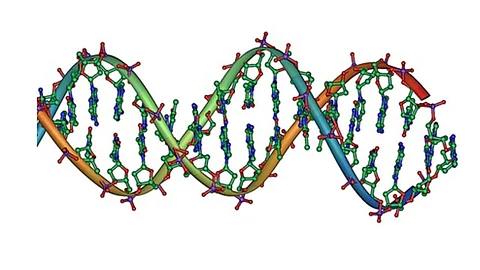This recent study by Umeå researchers highlights that alterations in DNA structure and in enhancers, which in turn affect how genes are expressed, are crucial for the communication between neurons and tumour cells. It offers insights into how glioblastoma cells become more dangerous in response to the signals from the nerve cells. Using cells from glioblastoma patients and advanced techniques to analyse DNA structure and epigenetics, the researchers identified the key players central to this neuron-to-tumour communication, named SMAD3 and PITX1. These two proteins bind to and control the DNA switches that regulate gene expression. In experiments on both cell cultures and mice, it was possible to see how SMAD3 inhibition, together with the signals from the nerve cells, potentiates the tumour's ability to grow and spread.
"We are optimistic that our discovery can guide efforts to attack glioblastoma by controlling how nerve cells and brain tumours interact. This would enable the development of new treatment strategies targeting this critical communication, which could hopefully improve the prognosis of glioblastoma patients," concludes Silvia Remeseiro. (MV/Newswise)


